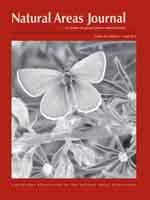Articles (4)
RESEARCH ARTICLE (3)
RESEARCH NOTE (3)
Steward's Circle (2)
BOOK REVIEWS (1)

No abstract available
No abstract available
No abstract available
No abstract available
